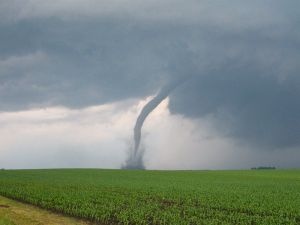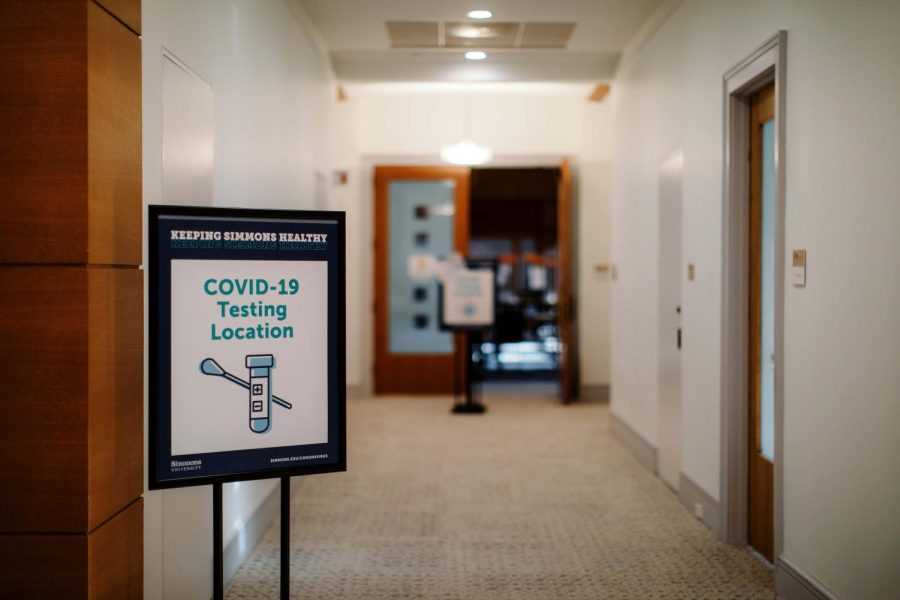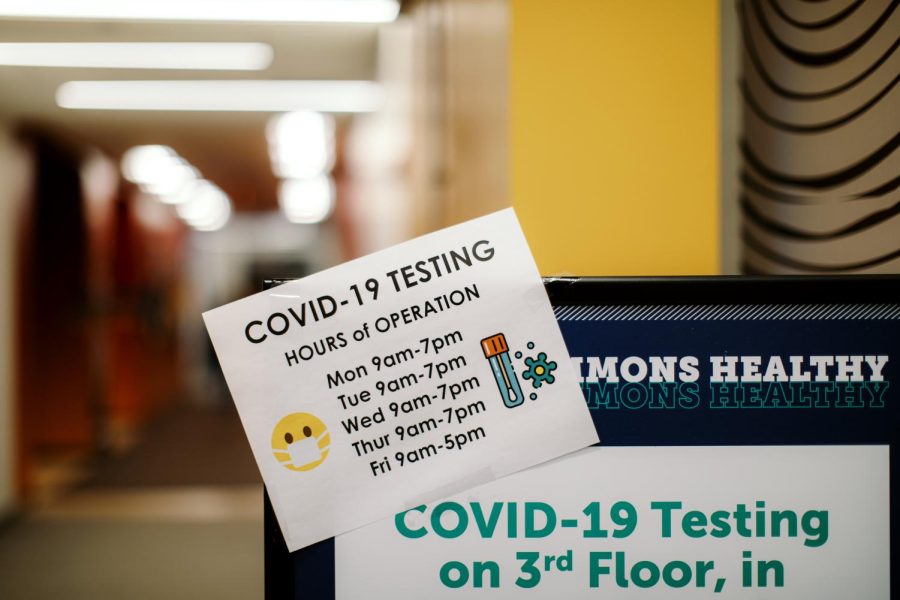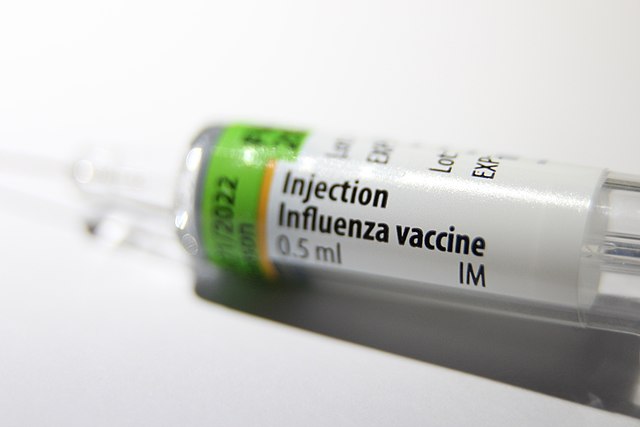By Roxanne Lee
Staff Writer
The week of Dec. 1, a cluster of 18 tornadoes struck the southwest over the course of two days, killing five people and causing thousands of dollars in property damage. The damage brought on by the tornadoes was tragic, but was by no means out of place for this year.

On Aug. 24, tornadoes touched down in Central Indiana and Northwest Ohio. It was one of the largest tornado outbreaks in the month of August on record, and it stood out both for its record number of tornadoes and for how it caught meteorologists off guard. Tornadoes are unusual in late August, never mind the record breaking amount that was observed and their unusual strength.
In 2016, 884 tornadoes occurred in the U.S., causing 17 deaths. The cost of storm damage from the first half of 2016 alone cost 8.5 billion dollars. So, what exactly is going on? It seems almost logical that the increase would be caused by global warming—as global warming has far reaching, damaging effects on all the elements that make up a storm, like temperature and water currents. But the most recent answer looks to be more confounding than the most obvious explanation.
Last spring, a research team led by Michael Tippett, associate professor of applied physics and applied mathematics at Columbia Engineering, published a paper showing that the average number of tornadoes per outbreak has increased since 1954. (A tornado outbreak is when multiple tornadoes are spawned by the same synoptic scale weather system, and at least six to ten tornadoes are needed to qualify. Most tornado impacts in the U.S. come from tornado outbreaks).

The trend of outbreaks is increasing fastest for the more extreme outbreaks; but the study did not look for a cause. The same team conducted a study looking at the increasing trends of modern tornadoes, and revealed their findings in a new paper published Dec. 1. The study used two National Oceanic and Atmospheric Administration (NOAA) datasets–one of tornado reports and the other of observation-based estimates of meteorological quantitates associated with tornado outbreaks.
The team measured the severity by number of tornadoes per outbreak, and found some unexpected trends. Specifically, the trends that did not match up with their expectations based on our current understanding of climate change. They found that the average number of tornadoes during outbreaks has risen, and trends are increasing fastest for the more extreme outbreaks. The increase is fairly obvious and easy to track, but the reason behind the increase in the sizes of tornado outbreaks is more complicated.
To investigate the possible causes of the tornadoes the team looked at two factors. The first is convective available potential energy, CAPE—which is the amount of energy a parcel of air would have if it was lifted some distance vertically through the atmosphere–and storm relative helicity, which is a measure of vertical wind shear. Model studies have shown that in a warmer climate, such as one created by global warming, CAPE will increase, leading from more favorable environments to severe thunderstorms and storms. However, in the study of the tornadoes led by Tippett and coauthors, they saw trends not associated with an increased CAPE. Instead it focused on trends in storm helicity, which has not been projected to increase under climate change.
Tippett says that the outbreak changes don’t look to be the result of our current understanding of global warming, which implies to two possibilities; either the increased tornado outbreaks are not due to global warming, or global warming currently has an effect on tornadoes and storm weather that we don’t yet understand. They don’t understand how the shear changes could be related to climate change, and more studies are needed to find attributing factors. The increase in extreme tornado outbreaks is concerning to both meteorologists, who need more complete understanding of tornadoes and weather to predict them, and insurance companies, who need information on past and future storms to plan accordingly.
[youtube https://www.youtube.com/watch?v=QX4FhUlevOY]

























Paul Merrifield (@DavidNutzuki) • Dec 7, 2016 at 12:31 pm
Trump;
“35 years of just “REAL” isn’t good enough!
NASA must say their CO2 end of the world is as “real” as NASA says the planet isn’t flat otherwise it’s not “real” and all funding and policies concerning climate blame will be terminated permanently.
It’s up to you NASA to end the debate.”